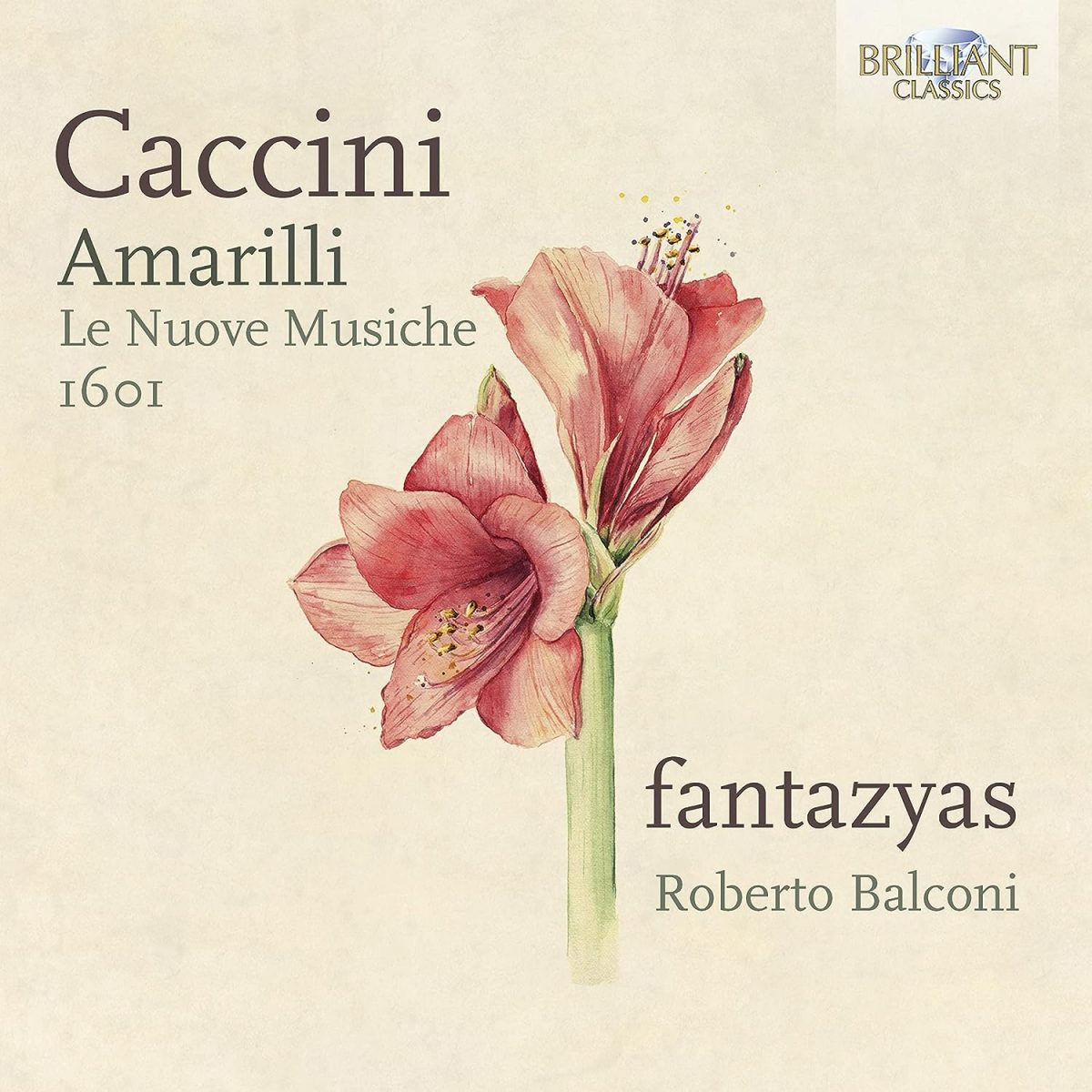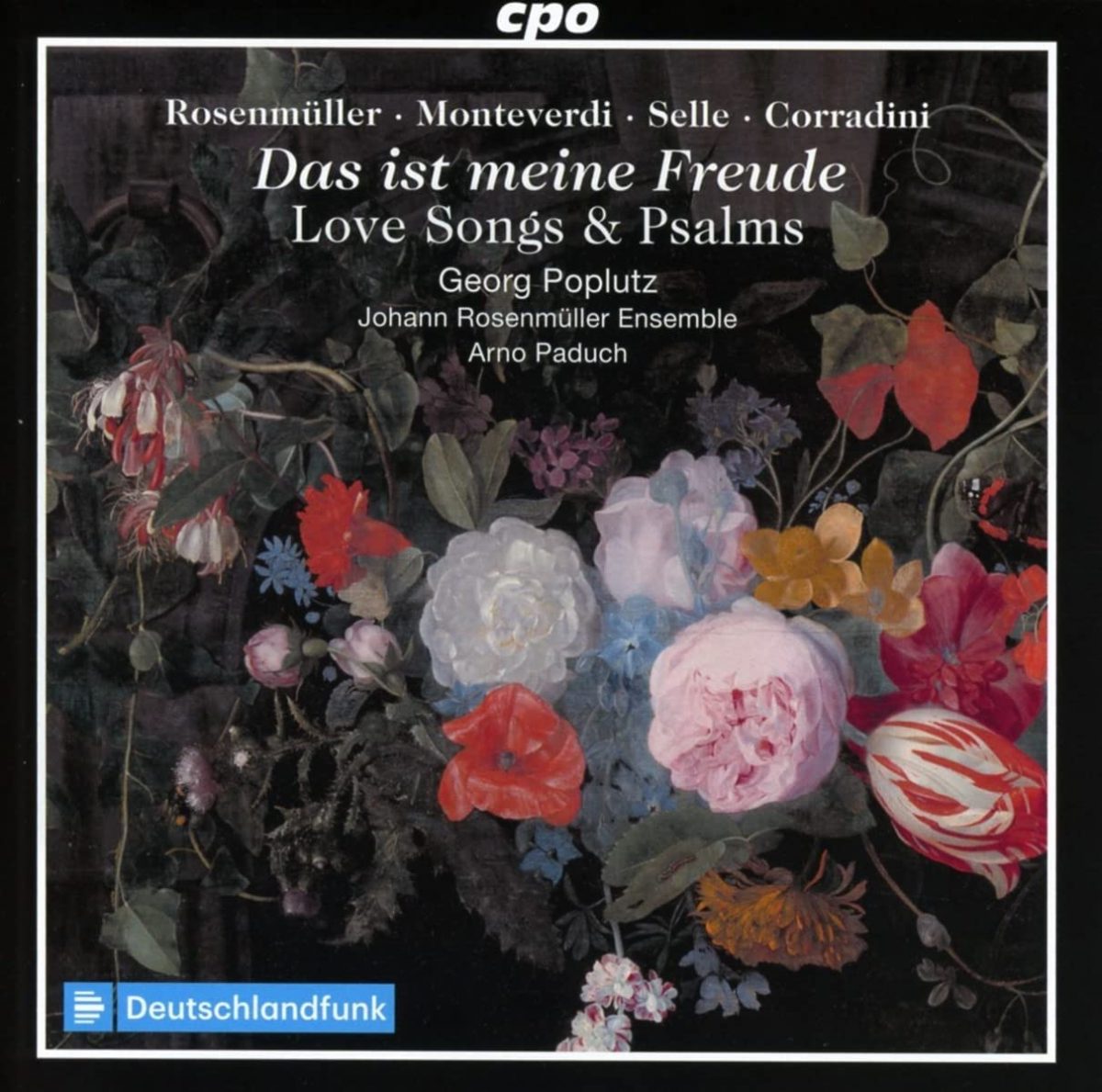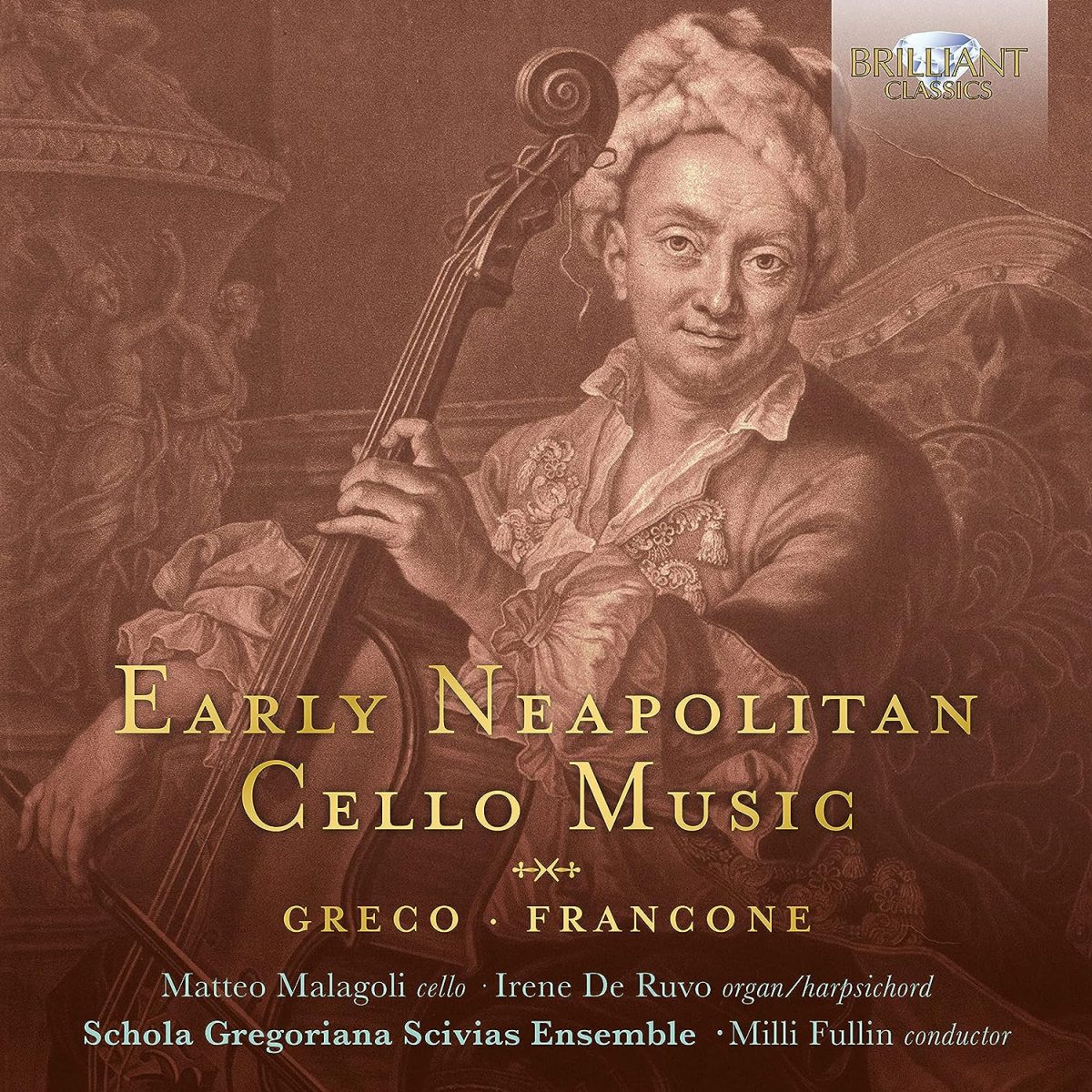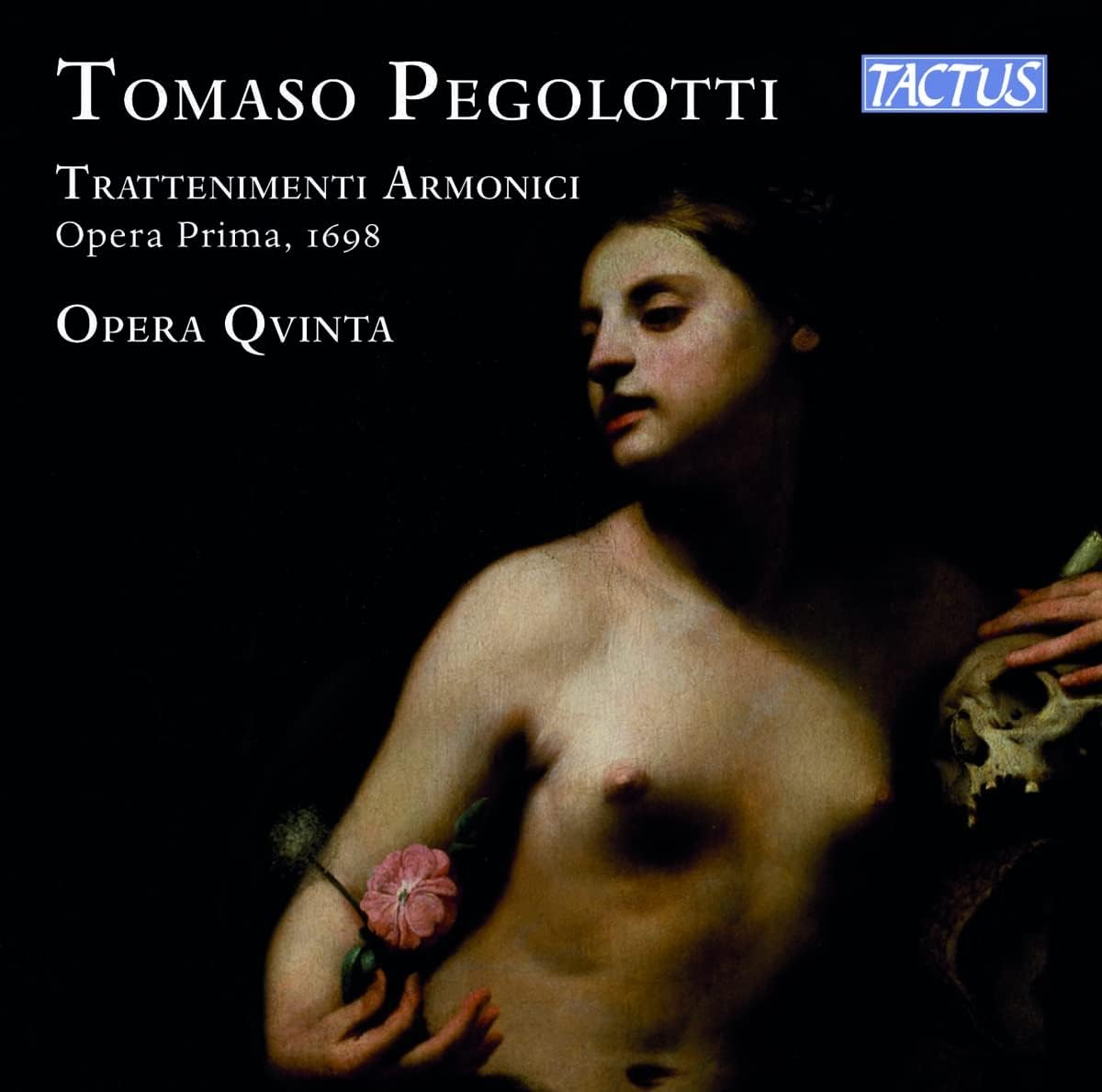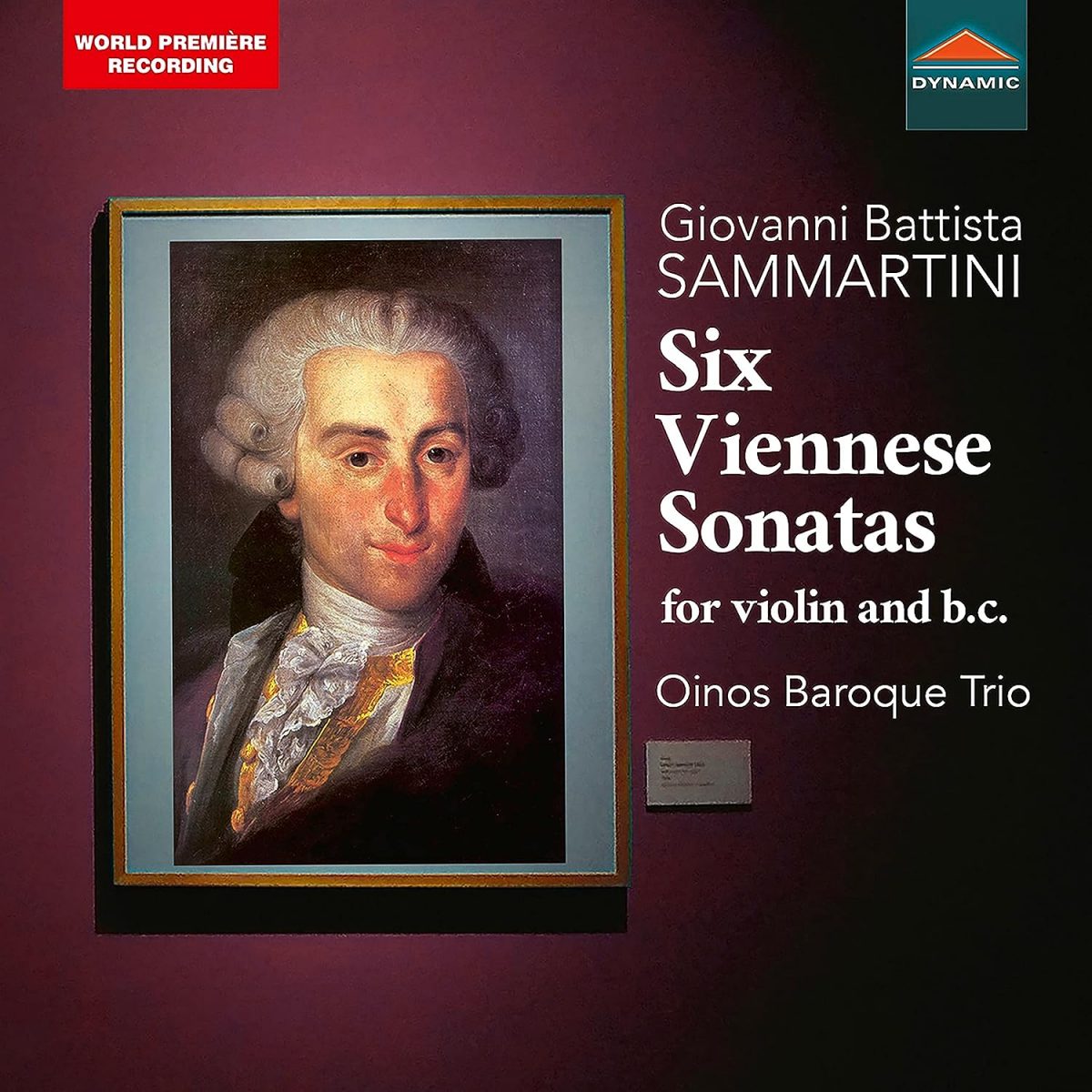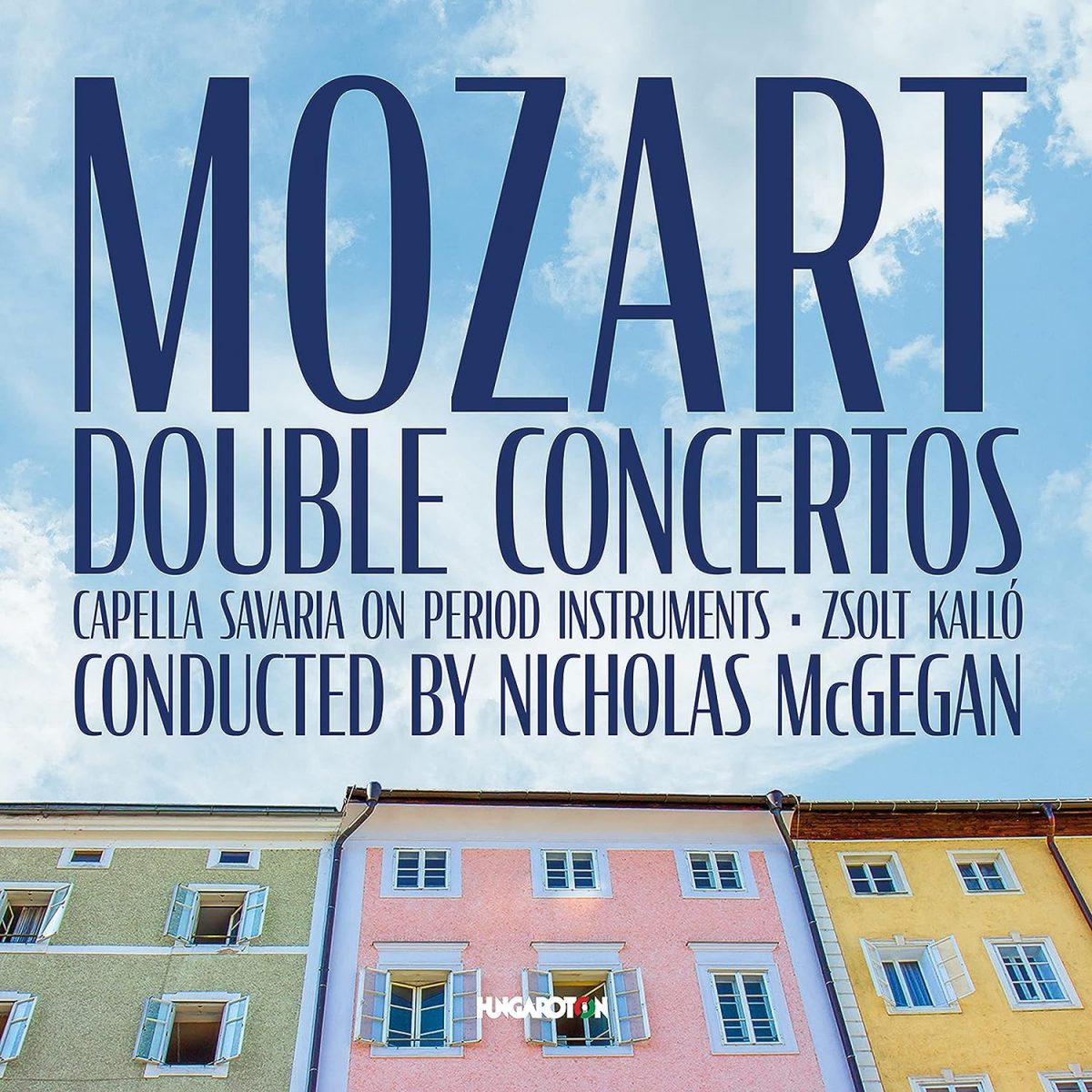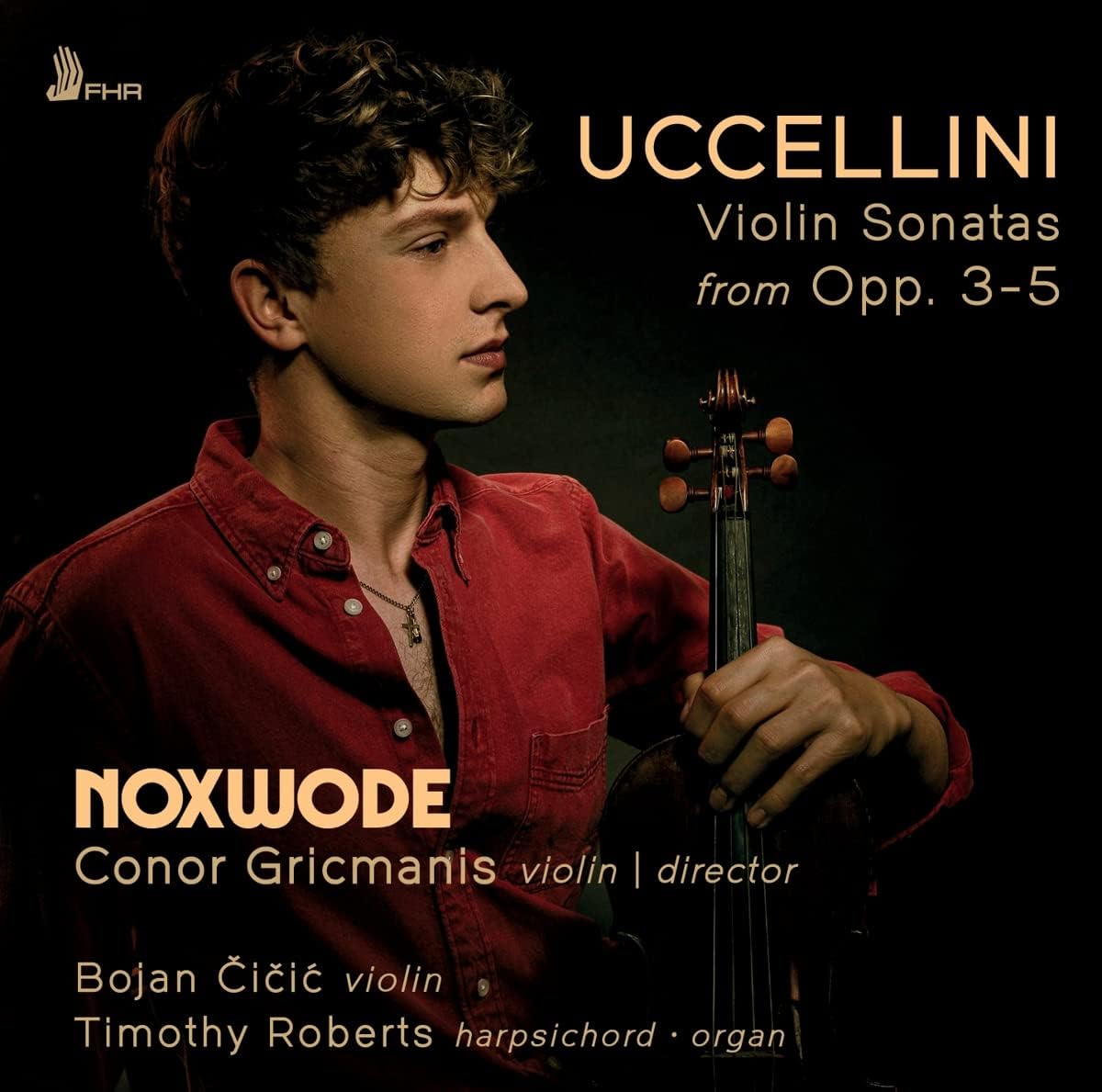Le Nuove Musiche 1601
fantazyas (Roberto Balconi tenor, Giangiacomo Pinardi theorbo, Marco Montanelli harpsichord)
69:02
Brilliant Classics 96254
When it appeared in 1602 in Florence, the Nuove Musiche di Giulio Caccini detto Romano must indeed have sounded absolutely revolutionary. The rule book was well and truly thrown out the window in this wonderful new world of monody, in which the melodic lines mirrored speech rhythms, reflected feelings and were animated by wonderful decorative affetti, seemingly spontaneous passaggi either devised by the composer or added, by analogy, by the performer. In a lengthy introduction, Caccini emphasises that these ornaments must express the emotions evoked by the text rather than offering an opportunity for empty virtuosity, and it is very much in this spirit that tenor Roberto Balconi sings this programme. The vocal ornaments always sound perfectly natural and never intrude upon the flow of the melody, and in this wonderful service to the music and the composer’s intentions, he is very ably supported by the instruments of Fantazyas. In the programme note, Balconi drops the bombshell that he is more customarily a falsettist – to be able to demonstrate such consummate mastery of a subsidiary vocal range is simply breathtaking! Recorded in June in Sondrio in Lombardy, these recordings capture the languid essence of the Italian summer, even down to the constant though almost imperceptible song of a blackbird in the background. These are lovely apparently effortless performances of stunningly beautiful music – the ‘new music’ as its composer would have wanted it to be heard.
D. James Ross
